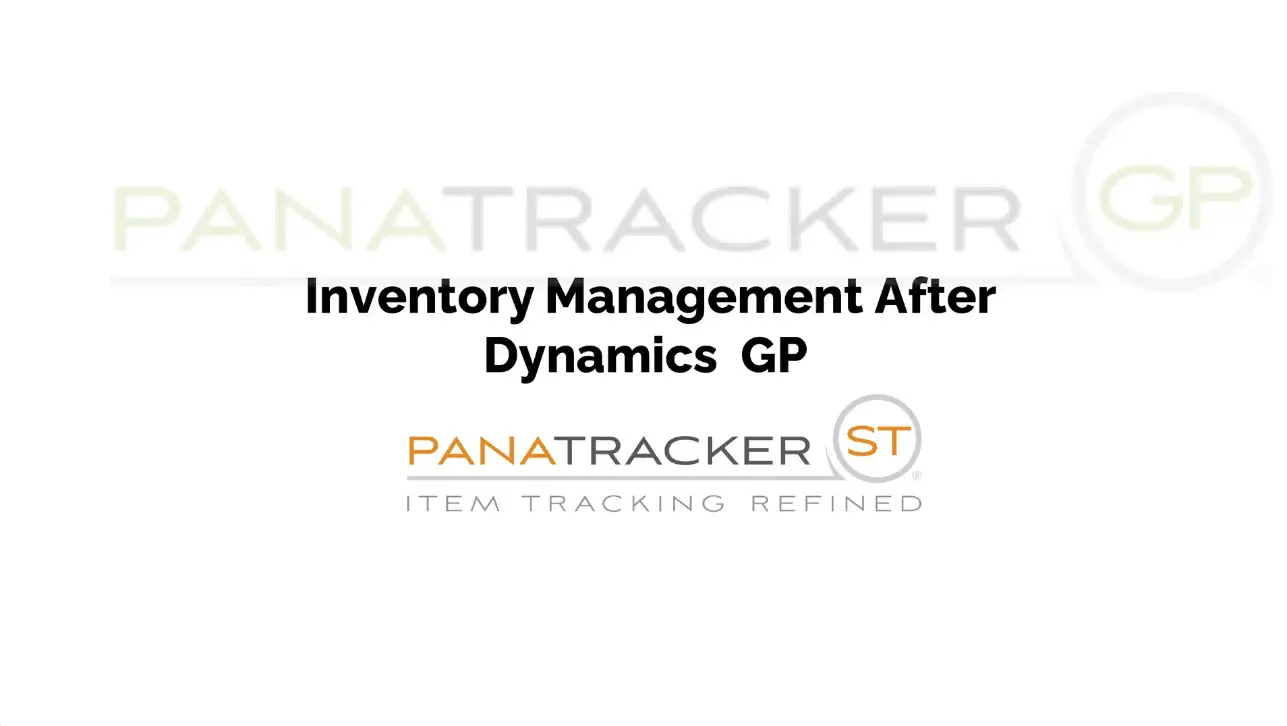As a company that relies on delivering products to your customers, you already know that they are counting on you for the right product at the right time. You also know how easy it is for mistakes to happen before the product leaves the warehouse. While Panatrack often answers questions about avoiding stock-outs and handling backorders, there is another problem that builds hidden expenses rapidly. Incorrect shipments result in direct and indirect costs as well as measurable customer dissatisfaction. Building and solidifying a plan to validate your orders before shipping can save thousands of dollars every year while also keeping your customers coming back for more.
From books to beers and shampoo to sandwiches, accurate and reliable order fulfillment is an ongoing challenge for any company. While many companies start with a few flagship products, good businesses foster growth and expansion creating new distribution requirements. It is nearly impossible to track dozens or hundreds of line items and variations that pass through the warehouse every day. Adding additional warehouses or regional distribution centers to that equation and find organizations swimming in orders and inventory that needs to ship out. While the paper pick lists and checkmarks can work for a time, even the use of excel sheets or store & forward systems leaves plenty of room for error. These systems rely on employees to pick items consistently and accurately by hand while maintaining an acceptable Pick per Hour in the warehouse; this results in frequent errors for many companies.
Be aware of the costs
While everyone has dealt with incorrect orders reaching customers, not everyone has considered the ongoing costs associated with righting this wrong. The frequent concern is customer dissatisfaction that they will return a product and not reorder or worse yet, order from a competitor. Perhaps they will leave a bad review and tell their friends. The implications of letting down your customer can be far-reaching and expensive. Estimates place financial impact from a single mis-shipped order in the range $25-$45 each! This figure combines the costs of identifying and confirming the issue, getting the customer the right product, getting the incorrect product back to the warehouse and on the shelf, as well as doing what it takes to improve the customer experience through the process.
How much do you spend?
The physical handling of returns and shipping to remedy a mis-shipment can rapidly add up to more than $20. Re-picking, packing, and labeling an order can take employees 5-15 minutes as they prepare the replacement costing $2-5. Additionally, the time spent to fulfill the original order is lost. Shipping the new product to the customer and issuing a label for the return of the incorrect item are additional direct costs. Even the lowest ground shipping charge is $4 for each package; heavy items or those requiring express delivery can easily reach $20 in shipping. The cost of replacing the product in your customer’s hand is often a minimum of $12.
When the warehouse receives the returned item, it must be processed and checked to ensure that it is sellable. Once approved, the product is placed in the appropriate location within the warehouse. This 10-minute process costs $2-3 or more depending on hourly rates and often requires a manager’s visual inspection before approval. As any company involved in fulfillment knows, there is always the risk of damage and lost items in transit. When the product arrives in a damaged or open-box condition, it may need to be removed from inventory or sold at a discount. Should an item not make it through the return shipping, it must be is written off entirely. While this is not a fixed cost, companies processing multiple returns per week can attribute $1 or more per order to the cost of lost, damaged, or used items.
Customer Service
The physical process of replacing the incorrect item is one half of the equation; companies must make the customer heard and make up for the failure. The customer service team is the first point of contact for a displeased consumer; they must understand the issue, identify the solution, and resolve the customer’s case over the phone or through email. This process can easily take 15-30 minutes of working internally and externally to fully remedy, costing more than $5 for every mis-shipment. The concept of “making it right” has been driven home with today’s focus on e-commerce; this can be as simple as letting the customer keep the incorrect product, refunding shipping charges or even the whole order, it may also be a future discount. We must leave the customer happy if we hope to see them back again. $8 in refunds, product, or future credit is an industry average.
Totaling Up
Totaling these individual expenses shows the staggering rate at which businesses can incur high costs. While internal processes and company culture will vary, there is no denying the requirements to correct fulfillment errors and maintain customer goodwill. Individually each charge seems reasonable to keep a customer happy; however, even a small number of mis-shipments adds up quickly. A company with a 14% error rate shipping 10,000 orders per year can total tens of thousands of dollars annually!
While there are differing factors for every company, and customer response or the value to fix mistakes will vary, there is a universal draw to saving time and money by shipping order right the first time. Not only does it keep customers happy, but also reorders coming, and good reviews flowing, it means a more productive workforce and a healthier bottom line. Panatrack customers have reported instant improvements in shipping metrics using a barcode solution. They are quickly achieving 97% and greater accuracy after implementing the application.
How can you avoid these?
When looking for a process or product that can solve fulfillment errors, the Panatrack team recommends following some general guidelines, look for a process that ensures real-time information sharing between the warehouse floor and the Dynamics GP Sales Order. It is easy to avoid errors when working with live data; you will not ship the wrong item because an order was changed or canceled. Ensure that you can take full advantage of the labels and manufacturer-assigned barcodes if products are labels and easy to identify there is a smaller likelihood of picking in the incorrect item. When barcode scanning is the solution, make sure that there is live validation against the sales order line items. Orders need to be easy to access, sort, and understand; users who cannot easily identify lines or struggle to sort orders and line items are more likely to experience fulfillment errors. Finally, a solution must be easy to configure and adapt to your business. If your company uses units of measure or lot and serial numbers, the process and workflow must accommodate and accurately fulfill all items.





